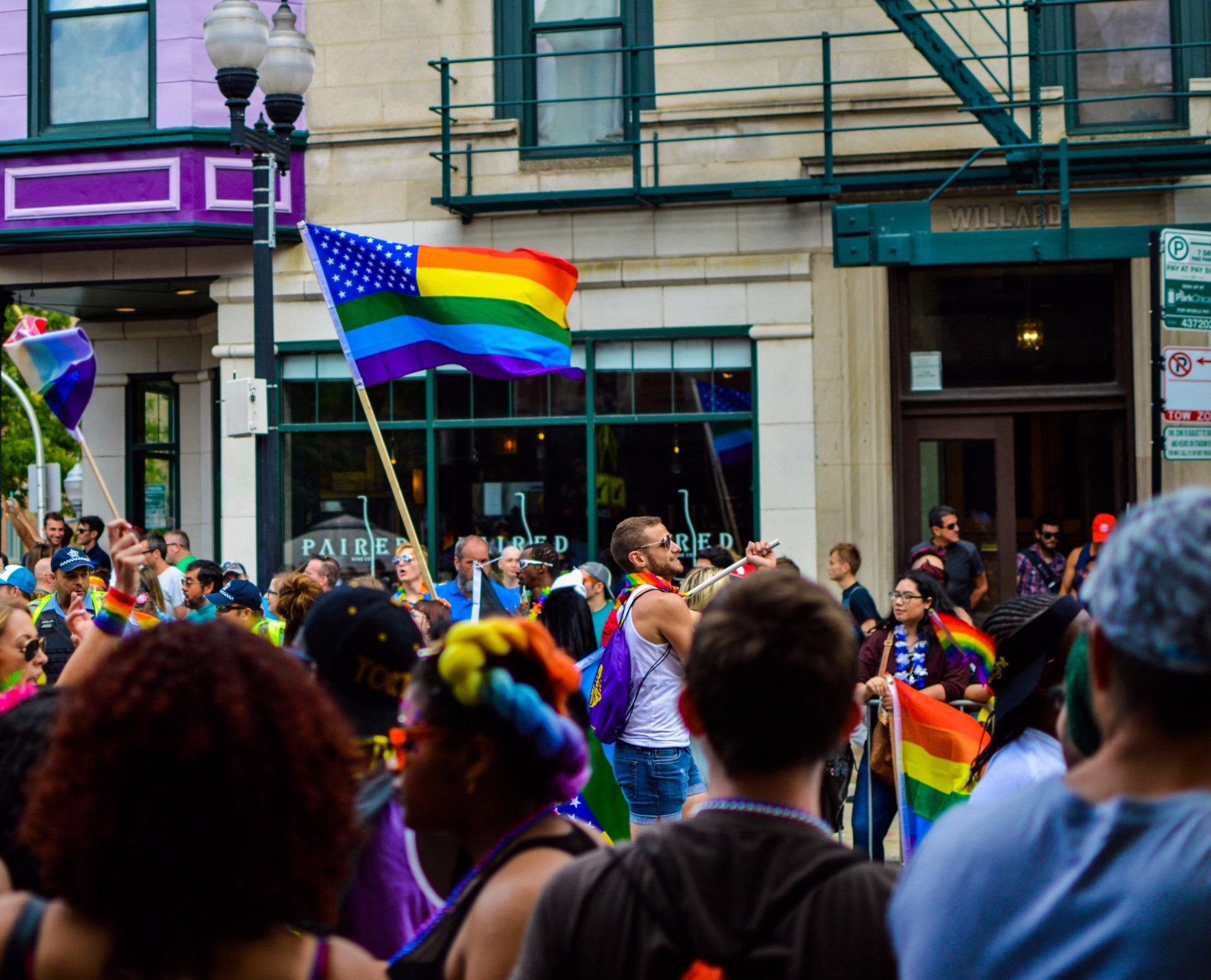Hi everyone my name is Hannah and I'm a third year student studying Biomedical Science. I'll be starting my MSc in Data Science and Applied Analytics next year. Outside of university I've really enjoyed teaching myself to crochet over the…

Marsha P. Johnson
Who is Marsha P. Johnson? Marsha P. Johnson was one of the most prominent figures representing the gay rights movement…
February 26, 2023,
read.

Who is Marsha P. Johnson?
Marsha P. Johnson was one of the most prominent figures representing the gay rights movement in New York City in the 1960s and 1970s. She advocated for gay and transgender rights, those affected by H.I.V., AIDS, and homeless LGBTQ+ youth. She participated in the Stonewall uprising and was known for being herself without fear of judgment despite the harassment and prejudice she faced living as a woman.
Born in New Jersey on the 24th of August 1945, Marsha grew up a part of an African-American, working-class family. She enjoyed wearing women’s clothing from the age of 5, however, felt pressured to stop due to bullying, despite feeling like the clothes reflected her sense of self. After graduating high school, the family moved to New York with only a bag of clothes and $15. This move enabled Marsha to return to dressing in women’s clothing and adopt the name Marsha P. Johnson. The P stood for “Pay it no mind“, which became her motto.
Marsha described herself as transgender, drag queen and gay person, choosing to use she/her pronouns. However, this wasn’t easy as the New York State still prosecuted and criminalised gay people, with LGBTQ+ rights regularly been ignored and infringed.
Involvement in the gay rights movement
After becoming close with Sylvia Rivera, a Puerto Rican transgender woman, they both found themselves engaging with the resistance at The Stonewall Inn in June of 1969. This was an uprising of the LGBTQ+ community. After a police raid on The Stonewall Inn occurred, Marsha and many other transgender women and members of they gay community, weren’t only angered by the police raid, but the oppression and unjust persecution they faced daily by police and other members of the community. Both Marsha and Sylvia led a series of protests throughout the riots and this led to the first Gay Pride Parade which took place in 1970, along with a series of gay rights groups. Both women began Street Transvestite Action Revolutionaries (STAR), an organisation devoted to protecting young transgender people who had been shunned by their families.
As the 1970s continued, Marsha became a more prominent and well-known member of the gay rights movement. She performed with drag group “Hot Peaches”, was featured in pop artist AnDY Warhol’s series titled “Ladies and Gentlemen” and continued to advocate for the rights of the LGBTQ+ community. During an interview for her book, she stated her ambition was to “see gay people liberated and free and to have equal rights that other people have in America.”.
Later life
Despite her joyful and uplifting personality, Marsha experienced numerous mental health breakdowns which caused her to spend time in and out of psychiatric hospitals throughout the 1970s. Moreover, she was sadly diagnosed with HIV in 1990, speaking publicly about the diagnosis she advocated for in order to not be afraid of people with the disease.
Unfortunately, in 1992, Marsha’s body was found in the Hudson River. Although ruled a suicide initially, many suspected foul play. According to the New York Anti-Violence project, 1992 was the worst year for anti LGBTQ+ violence and the community was outraged. Police refused to investigate further into Marsha’s death, however her case was reopened in 2012 by New York police.



